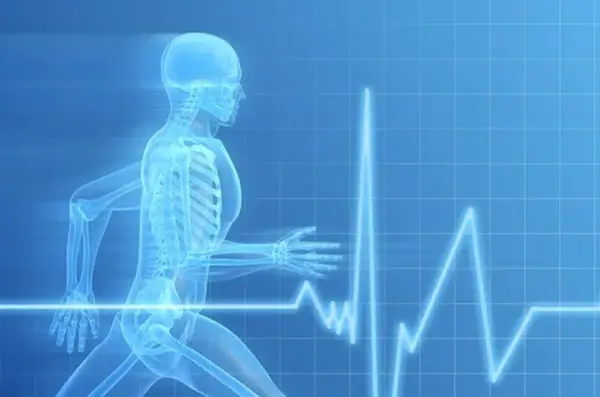“The Science Behind SitFlow™
SitFlow is working on the solution!
SitFlow simulates natural walking and running making games more immersive, expanding the limits of virtual reality.
Proof of Concept: SitFlow motion tracking in VR and 2-D Video Games
OBJECTIVE: The aim of this study was to compare energy expenditure (EE, kcal/min) at three workstations during an attention-demanding cognitive function task (Test of Variables of Attention or TOVA). Workstations included the seated desk (SIT), standing desk (STAND), and seated workstation designed to promote spontaneous movement (SWING).
METHODS: Adult males (n = 11) and females (n = 13) were assessed for EE using VO2 and VCO2 per quarter of the 22-min TOVA.
RESULTS: Average EE were 1.39 ± 0.06 (SIT), 1.55 ± 0.08 (SWING), and 1.44 ± 0.08 (STAND). Main effects (P < 0.05) were seen for workstation (SWING, STAND > SIT), and quarter of TOVA (Q2 < Q1,Q3,Q4). TOVA errors and response times were not different for workstations but increased for Q3 and Q4.
CONCLUSION: Spontaneous movement at an alternative workstation elevated EE 10% to 11% compared with sitting and could increase daily nonexercise activity thermogenesis without diminishing mental attention to desk work.
A “non-workout” that burns big calories. Mayo Clinic released a study confirming the SitFlow’s ability to increase calorie expenditure by 20% — that’s better than either sitting or standing. The SitFlow can also help support sustainable weight loss.
A heart-healthy boost, without even standing up. It looks like SitFlow may be giving blood clots, swelling, and other heart-related problems the heave-ho. Recent studies by Dr. Taro Takahara, MD, PhD of Tokai University have demonstrated SitFlow’s positive impact on blood circulation.
An easy way to improve brain function. The increase in blood circulation creates higher levels of oxygen and glucose delivery to the brain. SitFlow improves cognitive productivity and focus while you sit and work or study.





